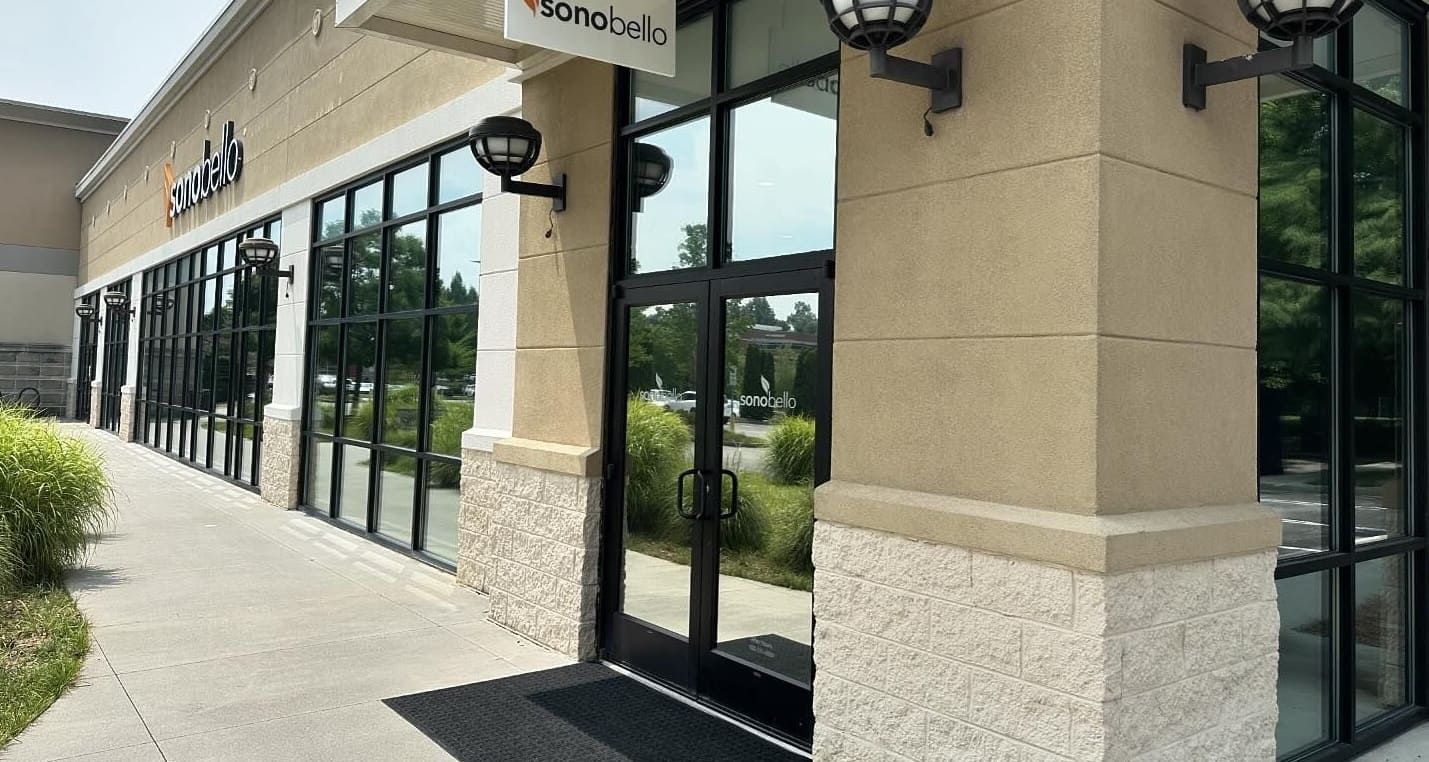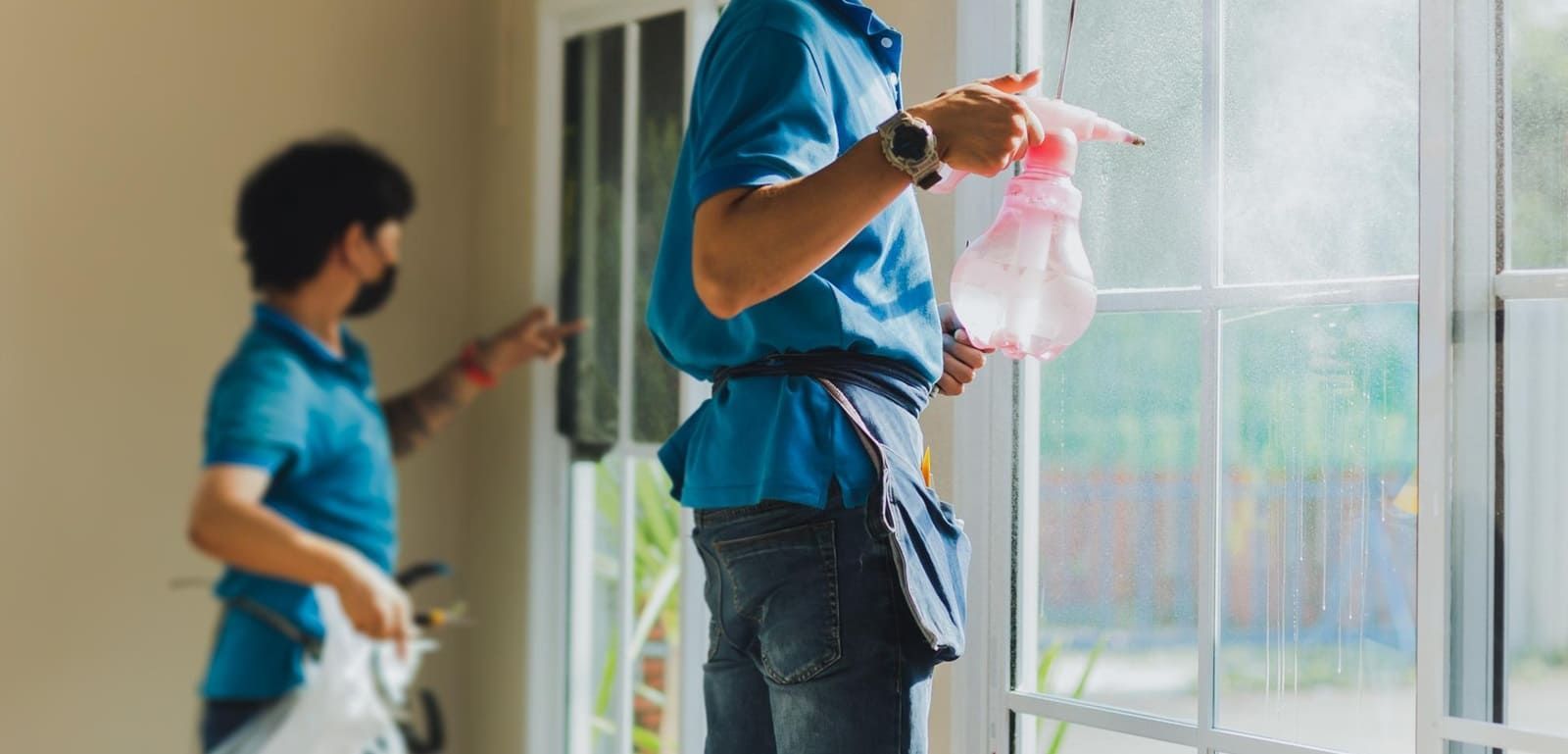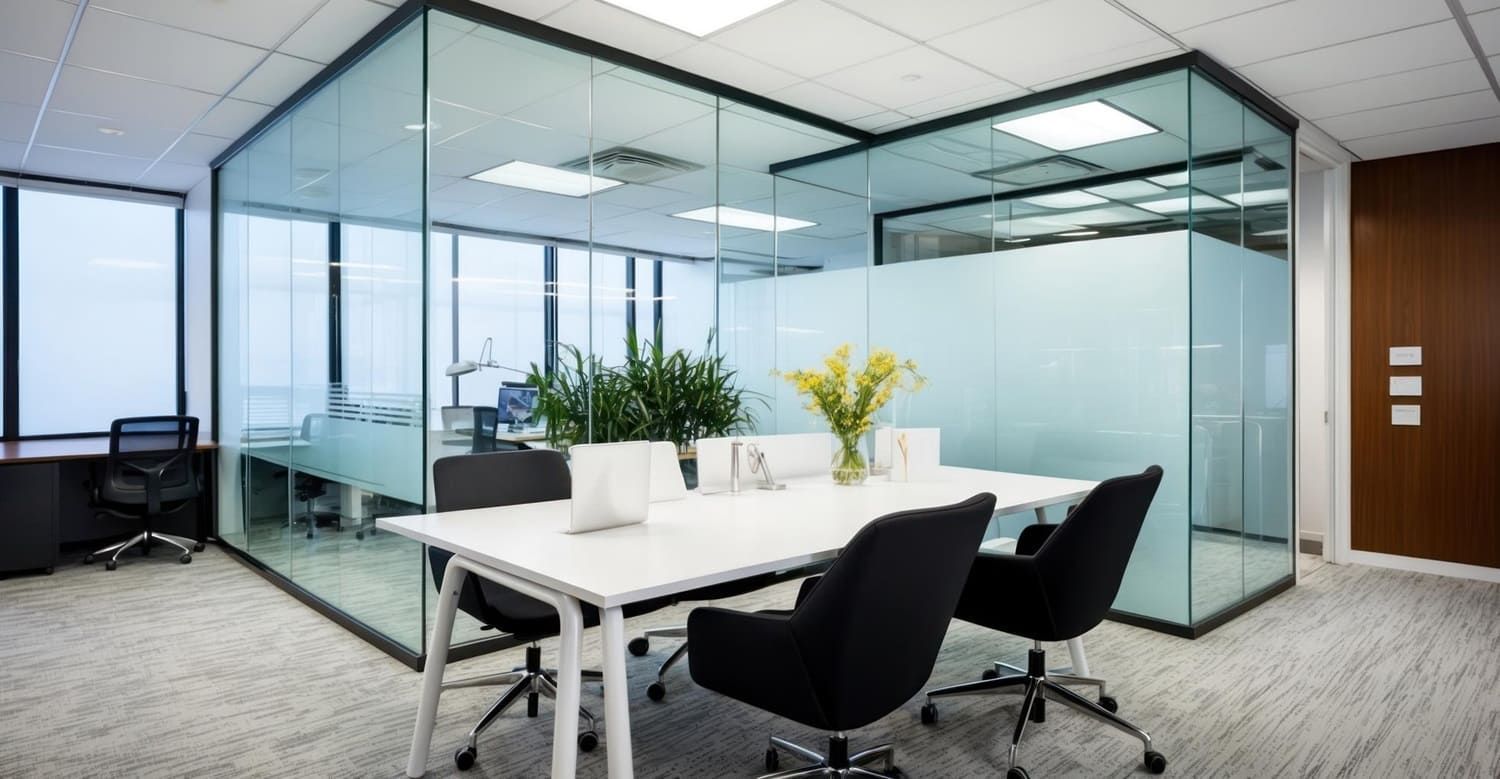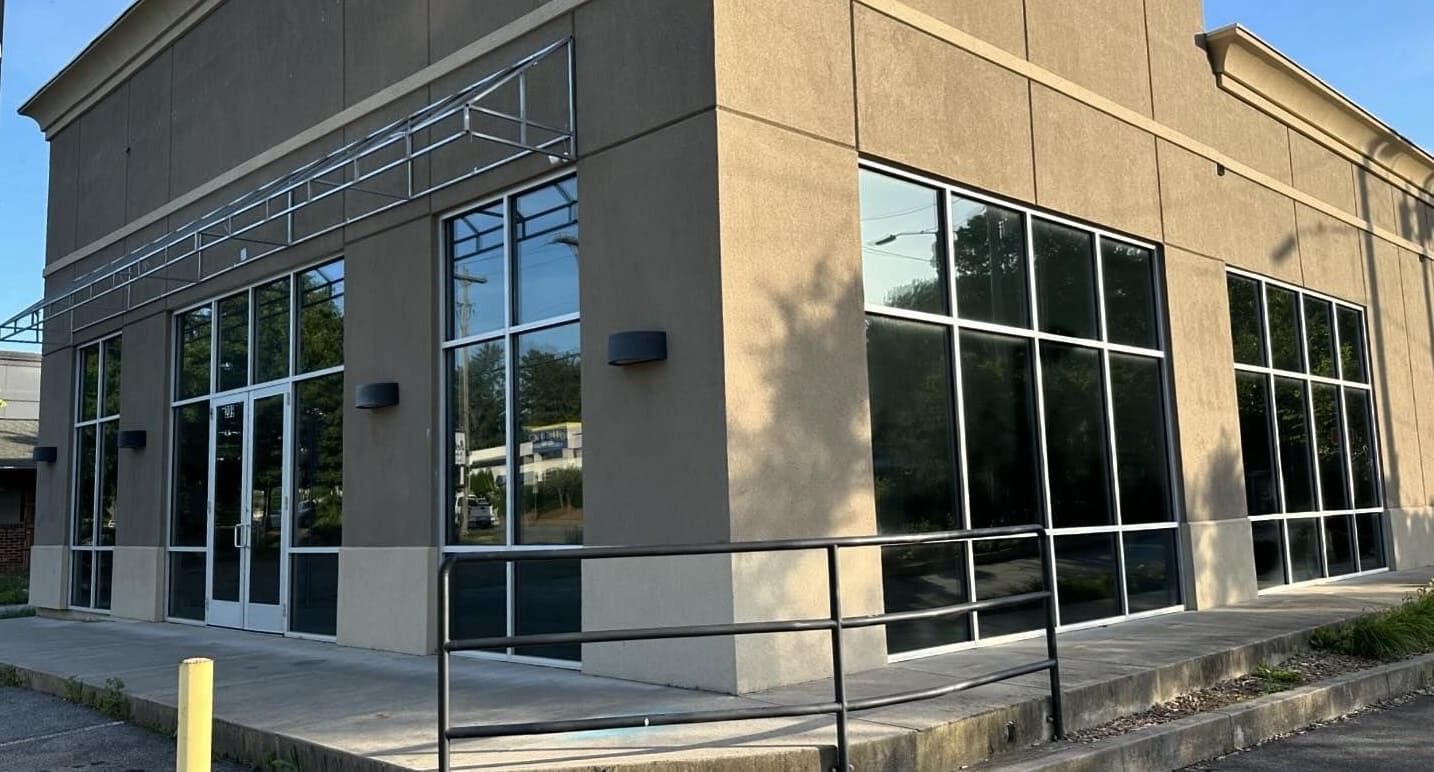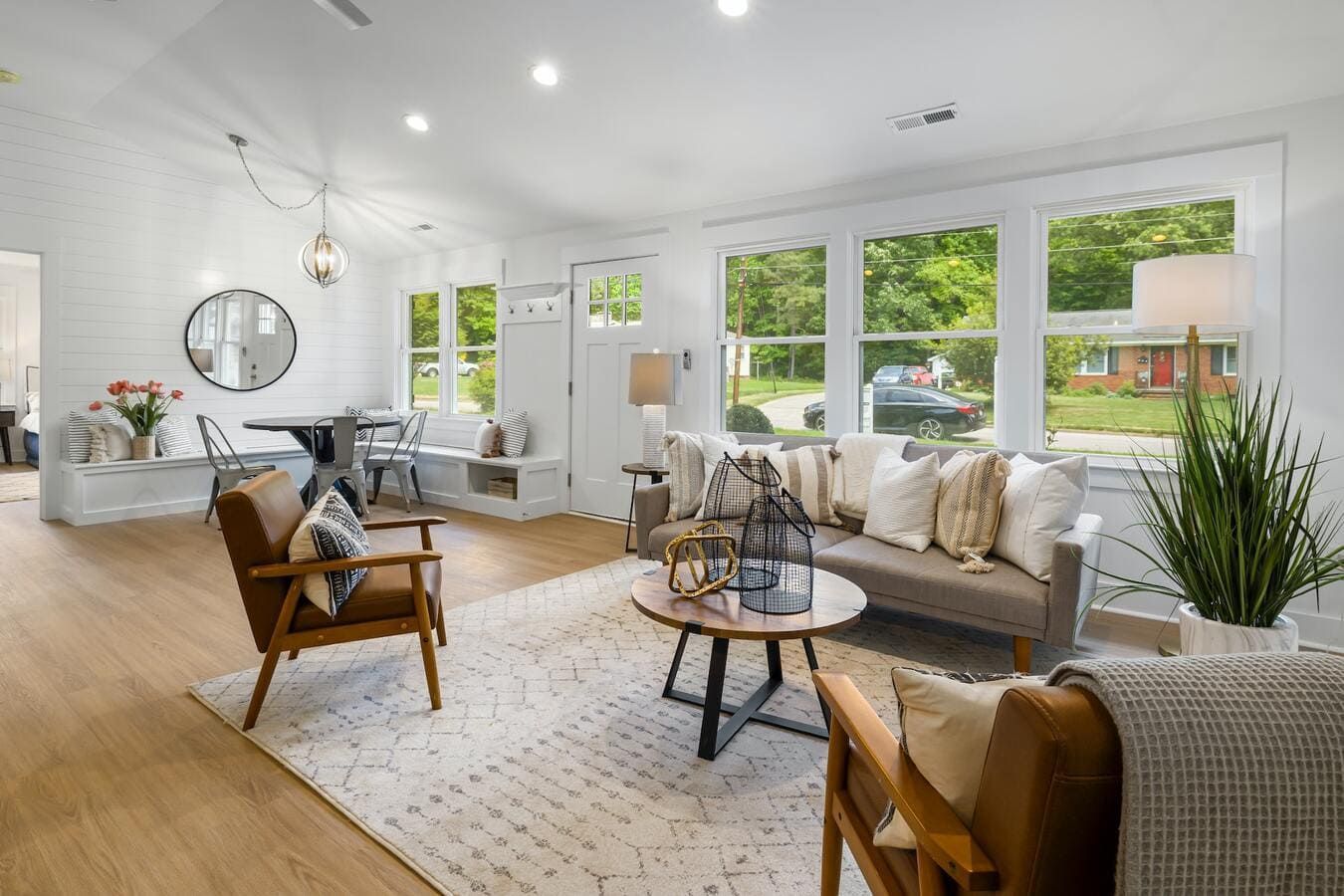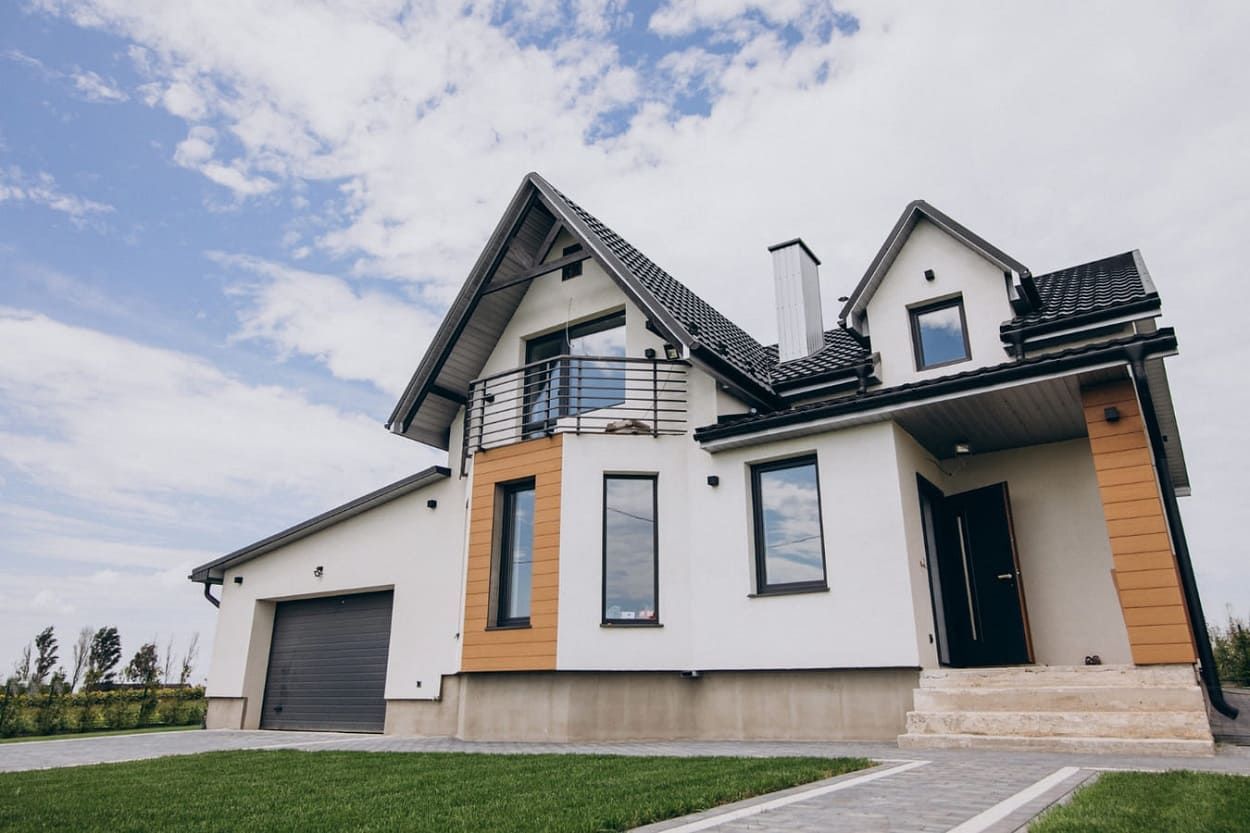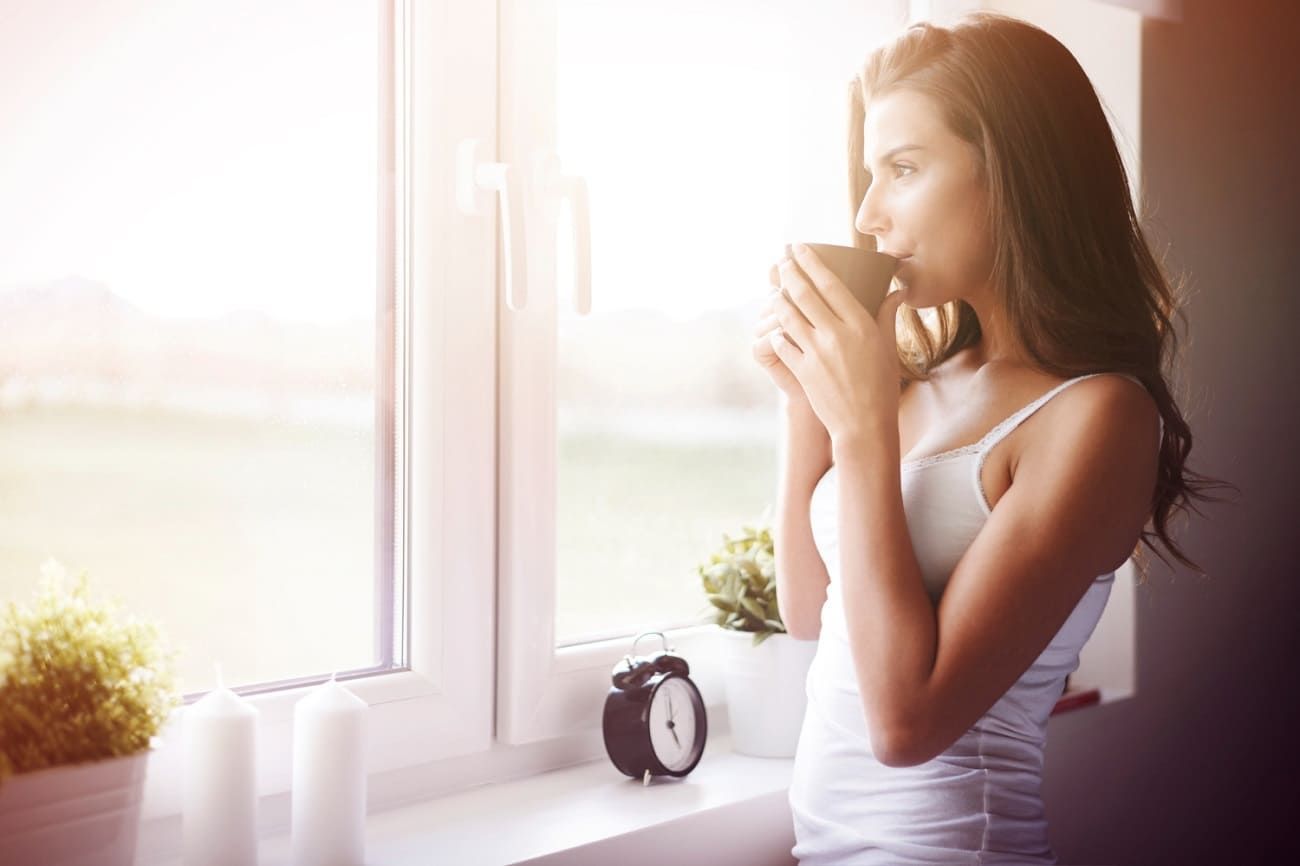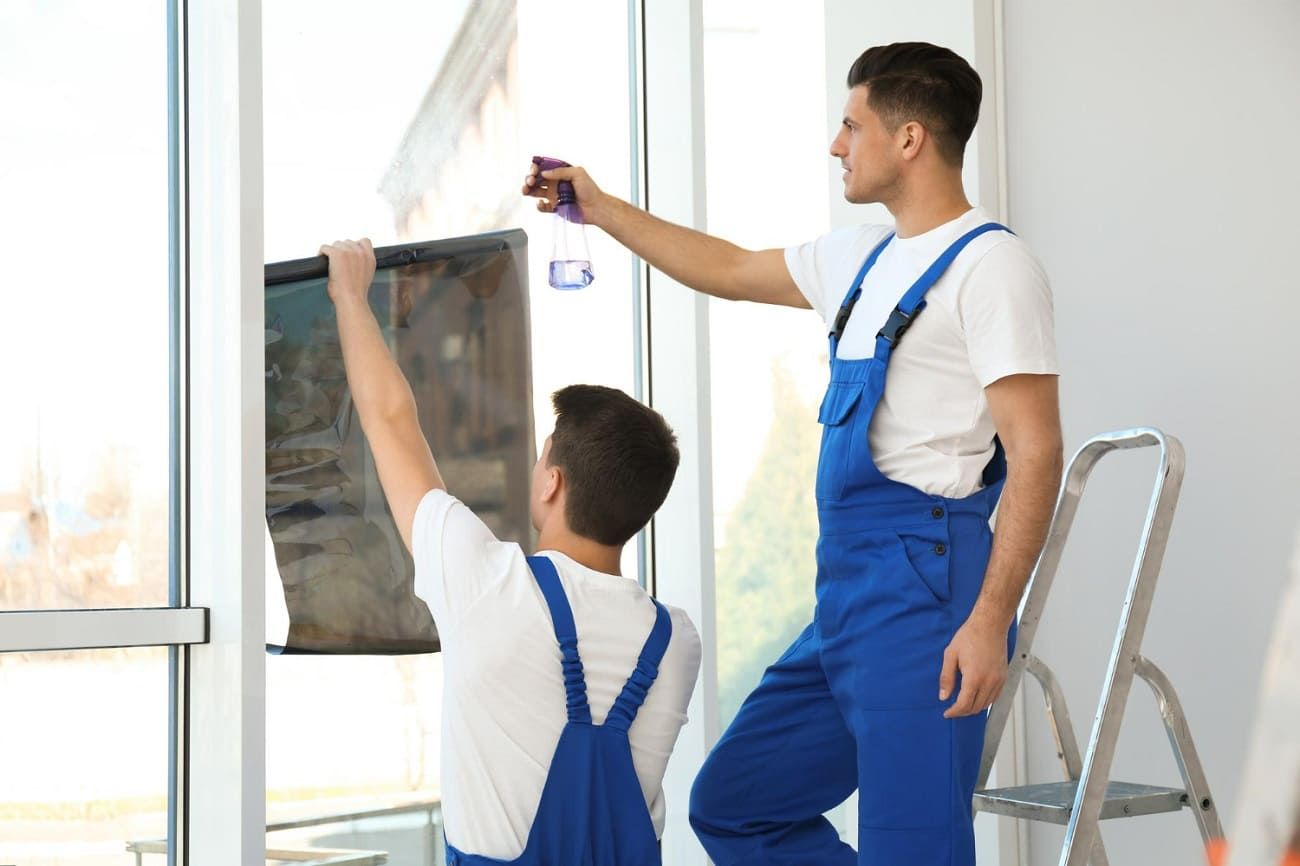Window Tinting Knoxville
Considering window tinting in Knoxville? If so, there are a few things to know. Check out this quick guide for everything you need to be aware of!

Are you considering window tinting in Knoxville?
Window tinting from the inside with a high-quality film is one of the easiest ways to improve windows. It will boost energy efficiency, safety, and even the look of your home when done right. All this without actually changing the windows.
Most residential films are lightweight and self-adhesive for easy application. Many are polyester, made from Polyethylene terephthalate (also used for water bottles). But not all films are worth the investment. And if you're new to window tinting, it can be hard to know what to consider.
That's where we can help! Keep reading for our guide on window tinting for everything you need to consider.
Different Window Tint Films Do Different Things
There are 3 types of window tint films that homeowners often install. Each one has a different purpose, we'll look at them in more detail below.
Solar
Solar film is a medium thickness usually, between decorative and security. The design means it will reflect or absorb up to 99% of the sun's UV rays. With an average UV rating of 4.6 in Knoxville, this could come in handy.
This regulates indoor temperature (warm in winter, cool in summer) and reduces glare. It also prevents your interior paint, wallpaper, and furniture from fading.
It will improve the comfort of your home, and bring you some energy savings. The colors you can choose from are usually neutral tones, from copper to silver.
Security
Security film is the thickest type, designed to deter burglars or protect from storms. Most of these are clear or silver-toned and won't be good at absorbing heat. But they prevent the window shattering on impact as it does with auto tinting. This helps your window hold out for longer against damage.
Decorative
This is the thinnest film for tinted windows, it won't absorb or reflect much heat either. The function of this film is to make a room look more beautiful and add privacy.
You can get it as a clear coating, or you can have bold-colored options. There are a variety of patterns to choose from or even a stained glass effect. If you want privacy, frosted designs keep those nosy neighbors at bay.
Home Window Tints Aren't Going to Break the Bank
If you want to do a DIY job, you can pick up a film for as little as $2-$4 per square foot from a home supply store. But you will need to install that yourself, which while not complicated, it can be tricky.
For a professional installation, you're looking at around $5-$8 per square foot. That's $27-$54 per 3'8" x 3'8" windowpane. It's one of the cheaper options compared to other window treatments.
A solar screen (a fabric shade to absorb/reflect heat) could cost $40-$280 per window, with DIY installation. A cellular shade (honey-comb-shaped cells covering fabric to trap heat) could cost $45-$220, also DIY.
Not all Window Films Are Suitable for Every Window
One of the most important things for home window tinting is knowing what film your windows can take. There are 3 common types of glass you'll find in windows which are:
- Annealed (basic, flat glass)
- Heat-treated (exposed to high temperatures)
- Insulating (two layers of glass with a layer of air/gas between)
Unless the manufacturer says otherwise, you can usually use the 3 above films on them. But, for solar, there are some recommendations. The higher rate of heat absorption can increase thermal stress which causes cracking.
You shouldn't use solar window films if:
- Clear annealed glass is over 3/8 inches in thickness. Or it has a heat absorption rate already of 50%+.
- Tinted annealed glass is thicker than 1/4 inch.
- Insulated glass has had seal failures before, or is over 10 years+ in age.
It's always best to check your manufacturer's manual to see their recommendations. Or, search "window tinting near me" and speak with a local Knoxville professional.
You Could Void Your Window Warranty
For a lot of homeowners, they'll only find out they voided their warranty when they need to report damage. A lot of manufacturers won't cover damage or defects caused by adding tinting film to the windows.
This is due to what we covered in the above section. Make sure you speak with your manufacturer first to confirm their policy. You shouldn't apply window tinting without first knowing where you stand.
Windows That Aren't Energy Efficient Will Benefit the Most
Older windows that don't have Low-E (low-emissivity) coatings will benefit the most. Low-E coatings are a thin layer of metal oxide that's applied to the glass, blocking out heat.
Low-E windows already provide your home with some level of energy efficiency. There won't be a huge increase when you add the tinting, only a smaller one.
While it could still be worthwhile, you won't see a massive jump in savings. Older windows, though, could see much larger energy savings with the use of a high-quality solar tint.
There are Options For Renters
Decorative, solar, and safety window tints come in 3 options for permanency:
- Temporary: Can reposition and remove them easily and without marks or smudges. Great if you're renting a property rather than own it yourself.
- Semi-permanent: You can remove them, but some residue will remain. You'll need to clean off the sticky adhesive or call in professionals to do so.
- Permanent: Once they go on, they're not designed to come off again.
It's more common to find decorative films sold in temporary solutions. This makes it a good starting point for renters. But it's also homeowners who want to test it out first before committing.
Solar and security films tend to come in permanent options (or at least semi-permanent). If you're a homeowner who has already done their homework and this is the right fit, then these are right for you.
Window Tinting in Knoxville: Know What You're Getting
So, there you have it! Now you know these things to consider about window tinting you'll be able to work out if it's right for you.
First, make sure you know what you want to achieve with your window tinting, so you can find the right type. Consult your window manual to see if there are any you can't use and double-check the warranty. You don't want to cause damage and find out you'll be out of pocket to repair it.
If you're looking for high-quality window tinting in Knoxville, contact us today. At EcoArc Home & Office Window Tinting, we've got the knowledge and skills to meet all your window tinting needs.
